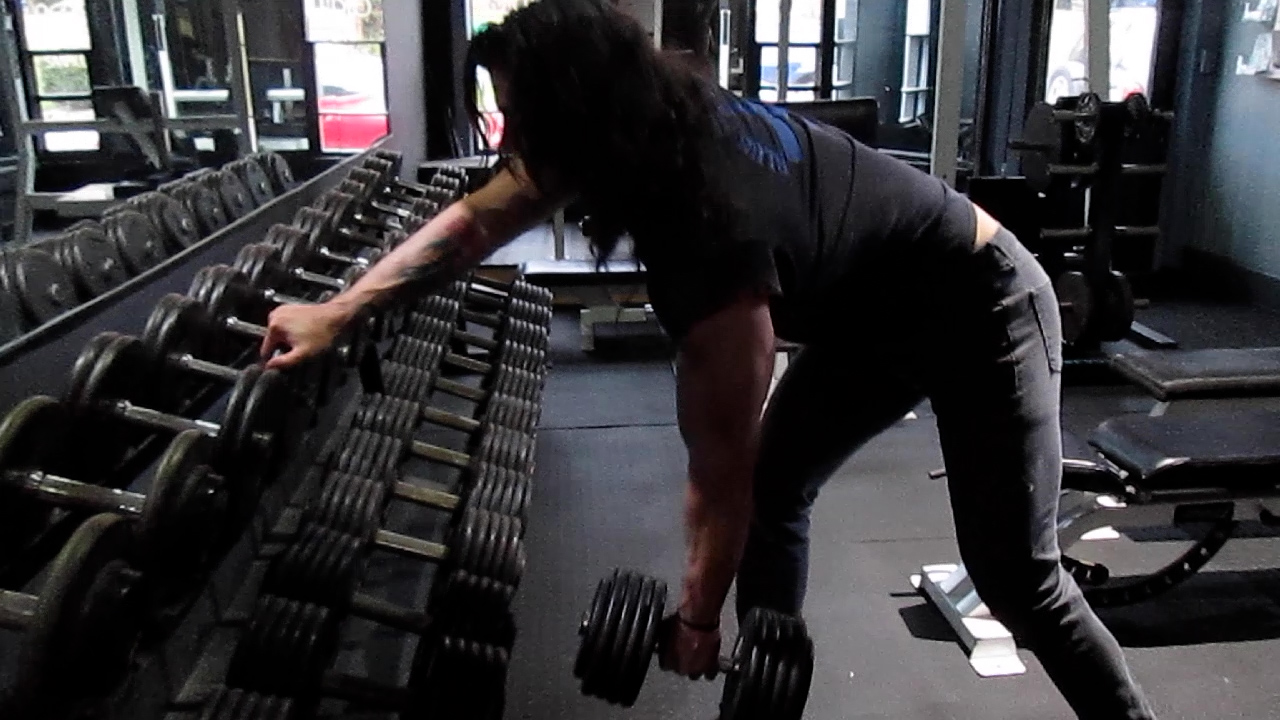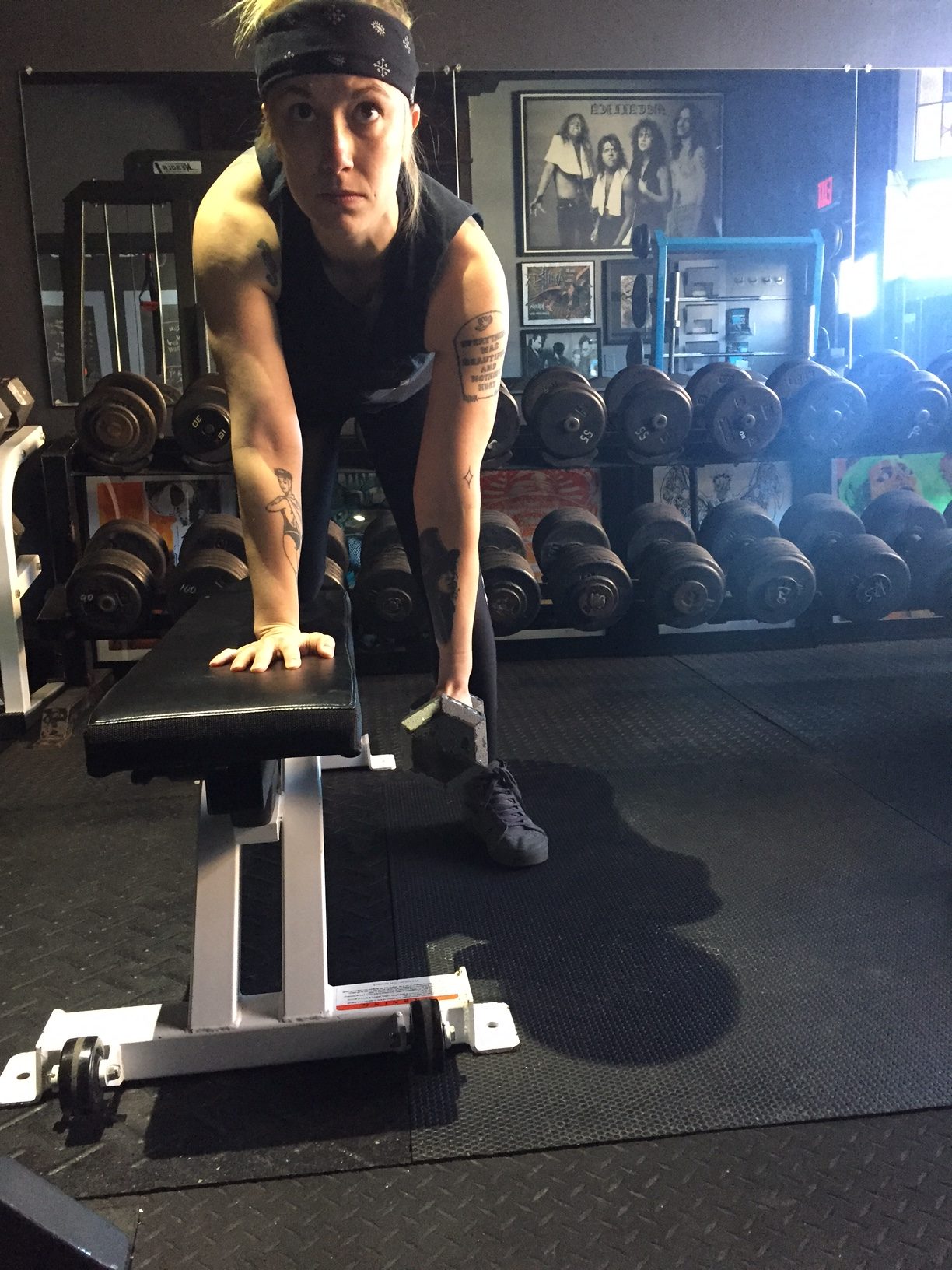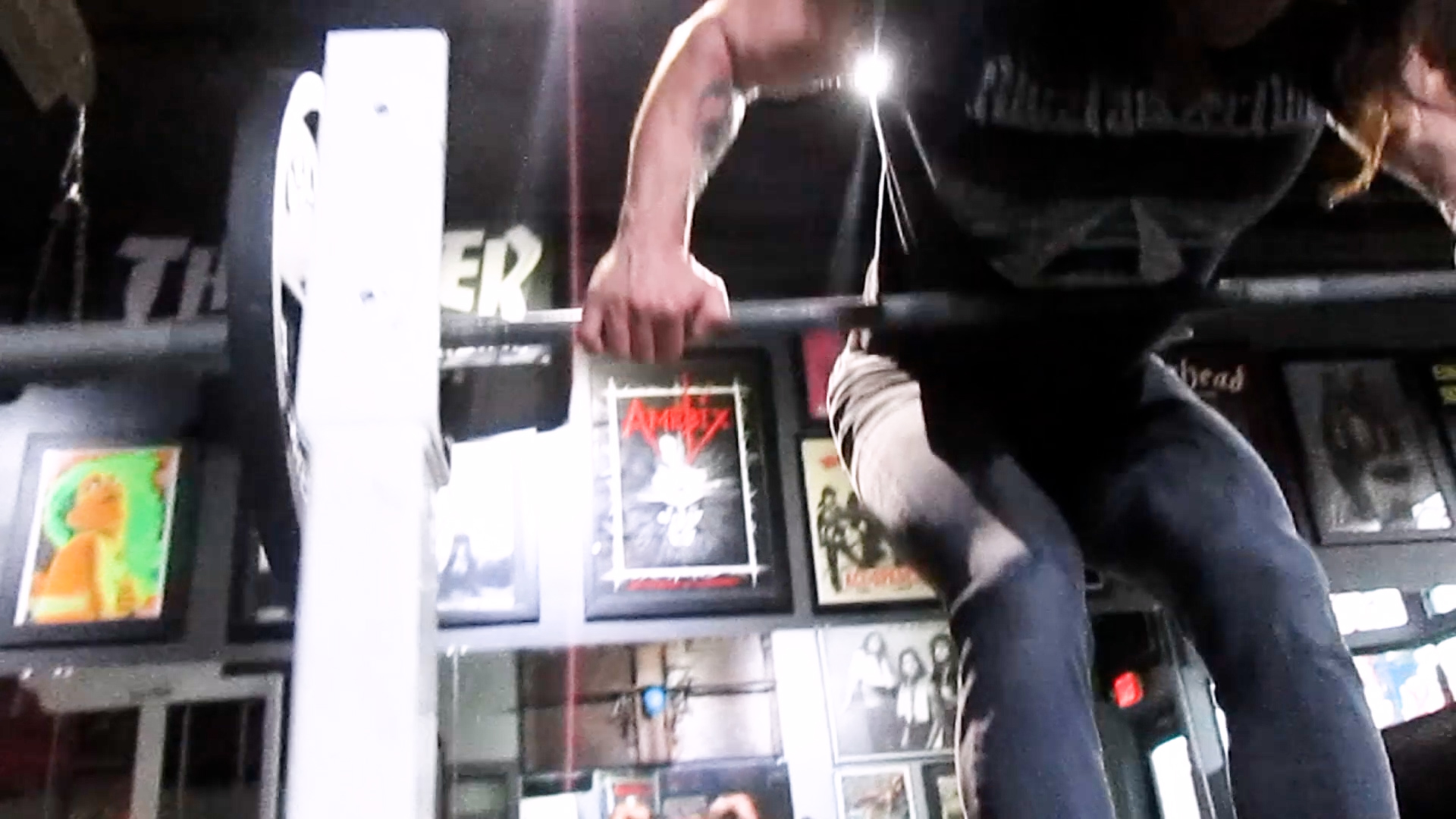
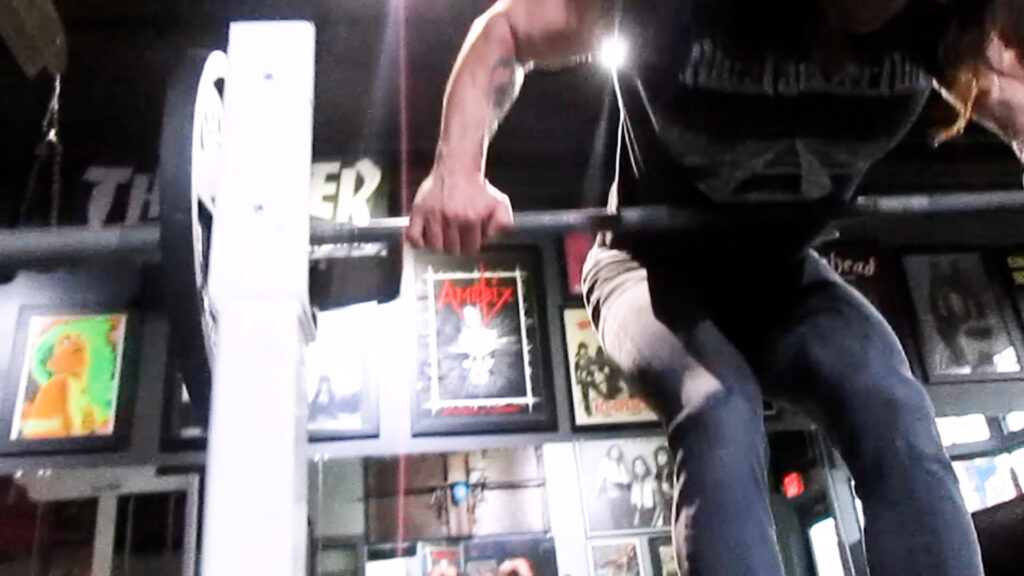
Bent Over Row
The barbell bent over row is a complex exercise that targets an array of muscle groups, including those in your upper and lower body.This exercise is commonly considered an accessory movement for the deadlift, but it carries a myriad of health benefits that we will discuss shortly. Due to the tension placed on your lower back, you must learn the right way to perform the bent over row barbell in order to avoid any unnecessary musculoskeletal injuries.
In this article, we will discuss the major benefits and the targeted muscles of this exercise, as well as the step-by-step guide on how to perform it correctly.
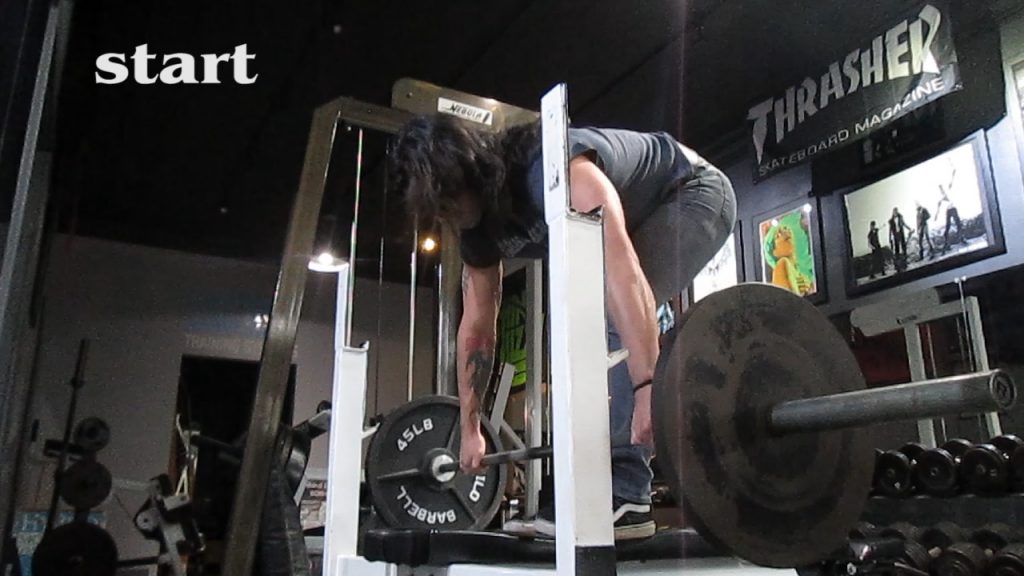
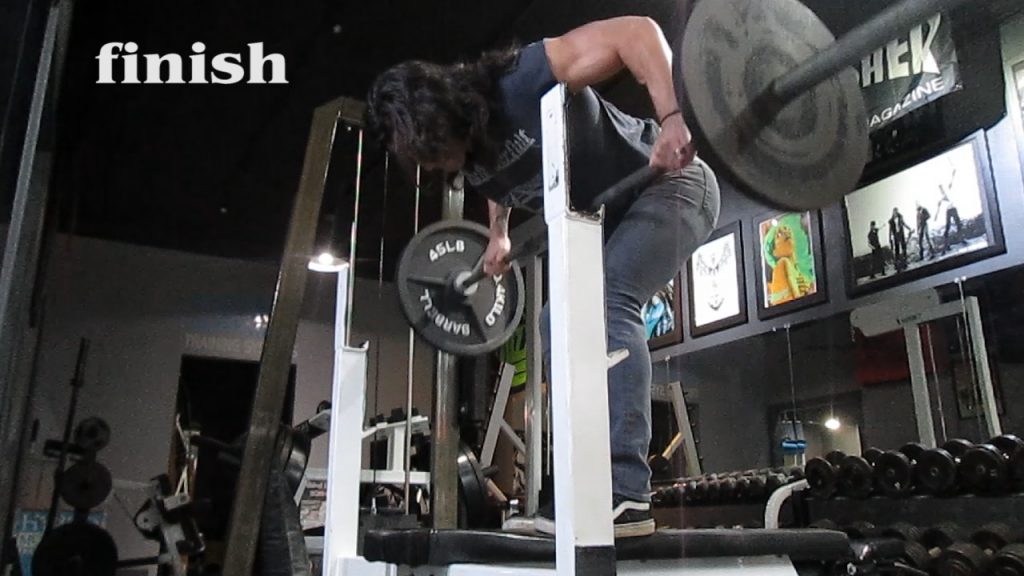
Similar to the dumbbell pullover exercise, the barbell bent-over rows target the dorsal muscles, and in particular, the lats (e.g., latissimus dorsi) and the rhomboid group (major and minor rhomboids).As you move the weight closer and away from your waist, you’ll engage the upper and mid-back muscles, which provides you with a full-back workout.
The assisting muscles in this movement include the forearm and shoulder muscles (e.g., biceps, rear deltoids)
Moreover, your legs and core muscles (e.g., abdomen, lower back) will contract to maintain the position of your body and stabilize the spinal alignment.
In a 2015 study, researchers compared several row exercises, including the barbell bent-over row, and found that the latter provided more muscle activation, which subsequently leads to greater hypertrophy and spinal stability.
Here’s the right way to do it:
Avoid Excessive Swinging: Ensure your torso remains steady throughout the movement. If you find yourself swinging, reduce the weight.
Don’t Overextend: Keep the barbell within a safe range of motion—don’t let it drop too far or hyperextend your shoulder joints.
Head Position: Keep your neck neutral with your spine. Don’t crane your neck upward or look excessively down.
Rounding the Lower Back: This can place unnecessary stress on the spine.
• Using Momentum: If you’re swinging the bar up, it’s likely too heavy. Focus on controlled, deliberate movement.
• Shrugging the Shoulders: Keep the shoulder blades down and back—don’t let them rise toward your ears.
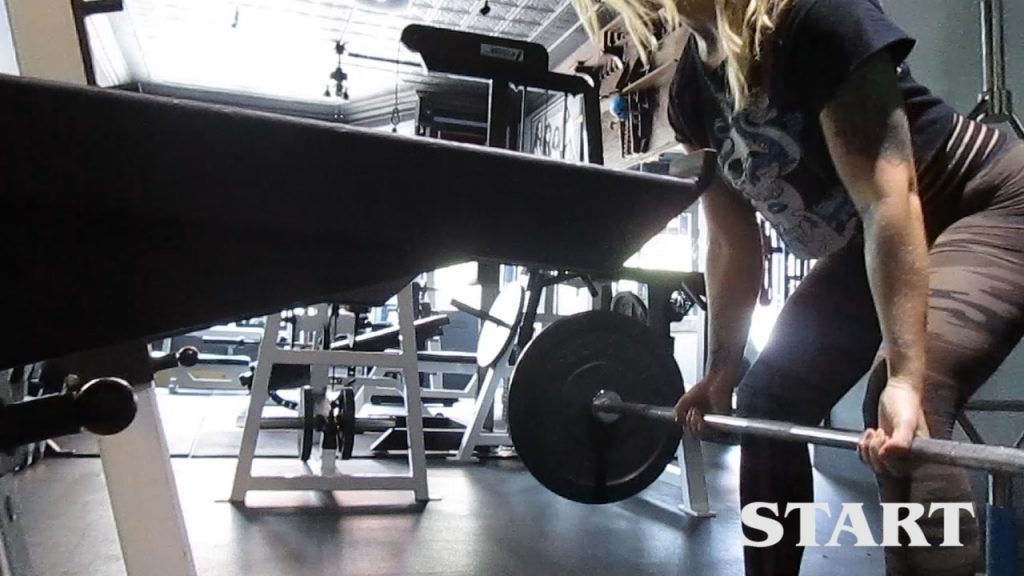
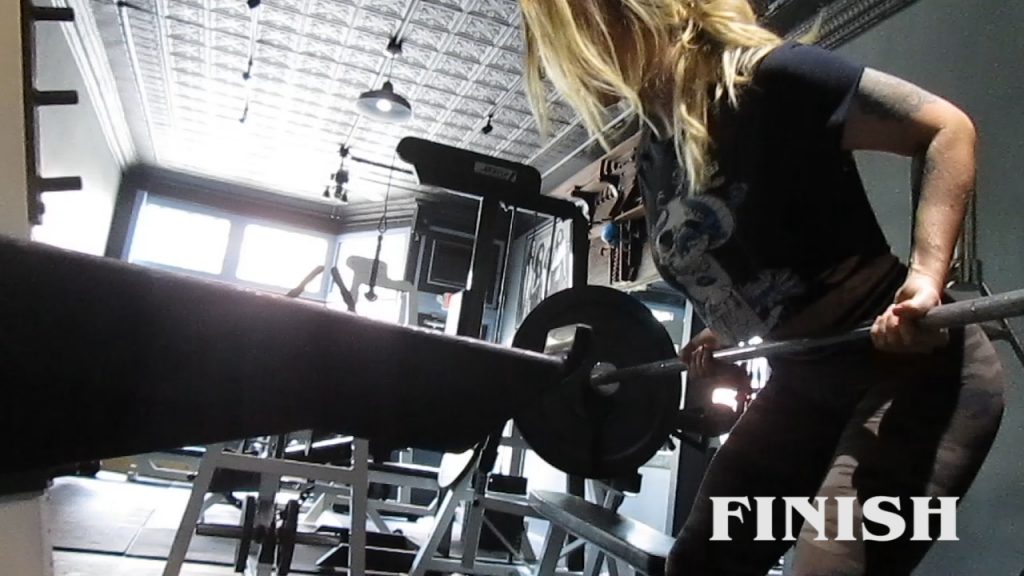
The Reverse Grip Bent Over Row also known as an under-hand grip row is another variation of the row that helps build lat strength and bulk but also puts a greater emphasis on the biceps.
Therefore this pulling motion will also build strength for your bicep muscles.
This is my favorite style of row because it allows for better range of motion for the shoulders, less strain on the trapezius muscles, and the neck.
This is a 2 point row because the only points of contact will be your feet on the floor.
With that in mind this exercise will put more strain on your erector spinae muscles but will also allow you to become more stable in the hip hinge position.
To set up this exercise your feet will be parallel, hinge at your hips, and allow your chest to be at least at 45 degree angle.
Your arms are extended; grab the bar with an underhand grip. Pull the bar to sternum height while allowing your arms and elbows to glide backwards.
Make sure that your abs are contracted to help brace the tension on your low back muscles.
Lower the bar back down so that your arms are back in extension. A common mistake with barbell rows is bringing your chest to the bar instead of the bar to your chest.
Do not use your momentum to pull the bar up. If you are unstable, rocking your hips, bouncing your chest to complete the pull or if your toes are not grounded try less weight or a different row exercise to start.
Start with your feet parallel under the barbell and hinge your hips back
Your chest and torso are at a 45 degree angle so that your back is in a neutral position
Grab the bar with an underhand grip and pull up towards your chest
The bar should be hitting you right at the bottom of the sternum
Elbows are bent and close to your body
Keep your body rigid and brace your core
Avoid Excessive Swinging: Ensure your torso remains steady throughout the movement. If you find yourself swinging, reduce the weight.
Don’t Overextend: Keep the barbell within a safe range of motion—don’t let it drop too far or hyperextend your shoulder joints.
Head Position: Keep your neck neutral with your spine. Don’t crane your neck upward or look excessively down.
Rounding the Lower Back: This can place unnecessary stress on the spine.
• Using Momentum: If you’re swinging the bar up, it’s likely too heavy. Focus on controlled, deliberate movement.
• Shrugging the Shoulders: Keep the shoulder blades down and back—don’t let them rise toward your ears.

